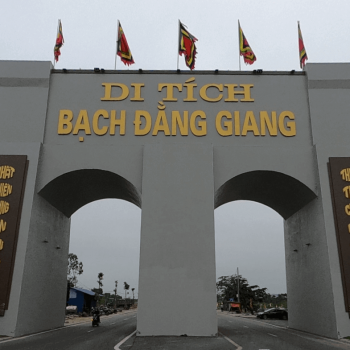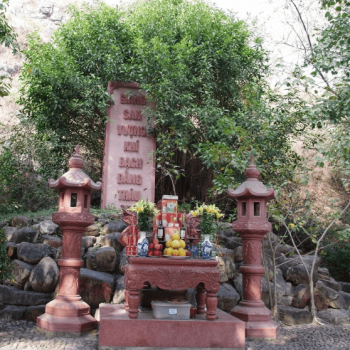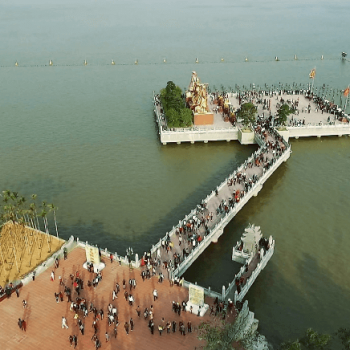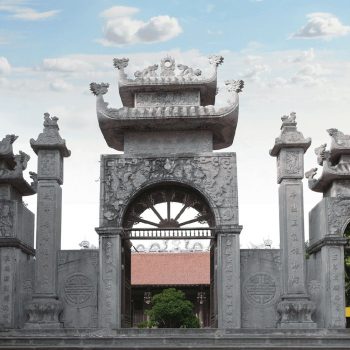The archaeological site of the stake yard in Cao Quy field is 950 m2 wide, including 3 excavated holes, 2.5 meters deep to serve the research.
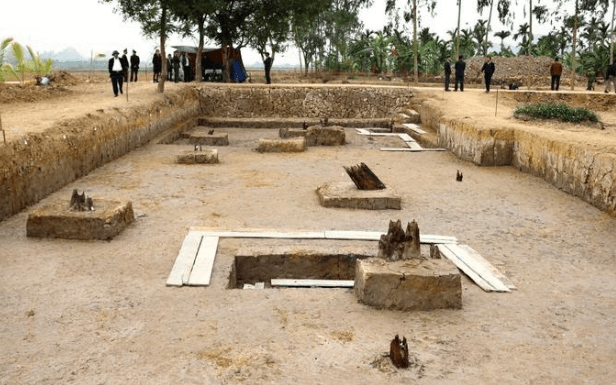
In the afternoon of December 20th, an expert team of the Institute of Archaeology, Historical Society and Vietnam Institute of Geology came to the stake yard that was excavated on Cao Quy field, Lien Khe commune, Thuy Nguyen district.
Archaeological site is 950 m2 wide, including 3 excavated pits. Firstly, some scientists determined that this was a large and important stake yard related to the Bach Bang Giang campaign, against the Yuan Mong invaders of the Tran Dynasty in 1288, led by Hung Dao Vuong Tran Quoc Tuan. The stake yard opens a new research direction for the Bach Dang Giang campaign, which may change the previous perception.
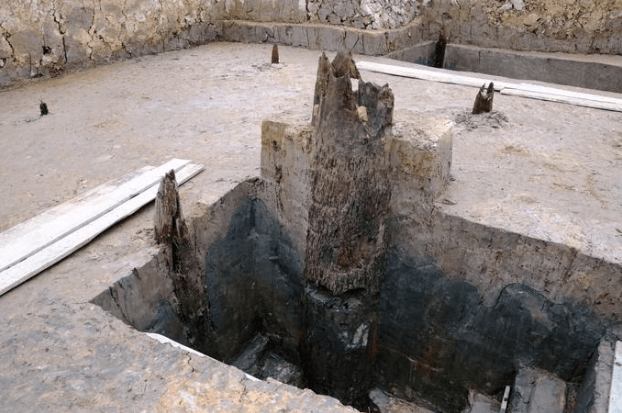
The stakes are made of ironwood, Táu wooden, Sến wooden... appearing at a depth of 75 cm to 110 cm. Different from the pile at the stake yard discovered in Quang Yen (Quang Ninh) before, the pile at Cao Quy stake yard is bigger and especially the pile pins are cut by, instead of beveled.
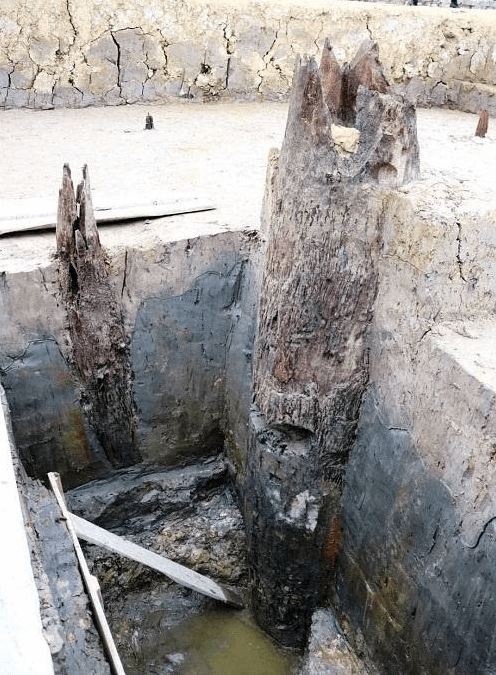
To study and make more accurate conclusions about Cao Quy stake yard, Archaeological Institute dug 2.5 meters deep. Thereby recording the stakes of different lengths and diameters, in which the longest stakes are nearly 5 meters long, the stakes with the largest diameter of 0.5 meters, the stakes separate from 4 meters to 5 meters distances, according to vertically or inclined; have horizontal stakes at a depth of up to 2.5 meters
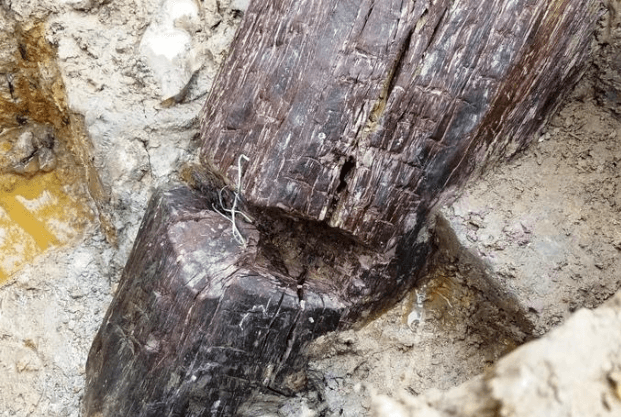
All stakes have horizontal latch. Scientists make many different assumptions about the latch on the stake body, such as: Using strings to buffaloes and cows pull away; making rafts to move piles on the river; or as a point for driving piles into the river.
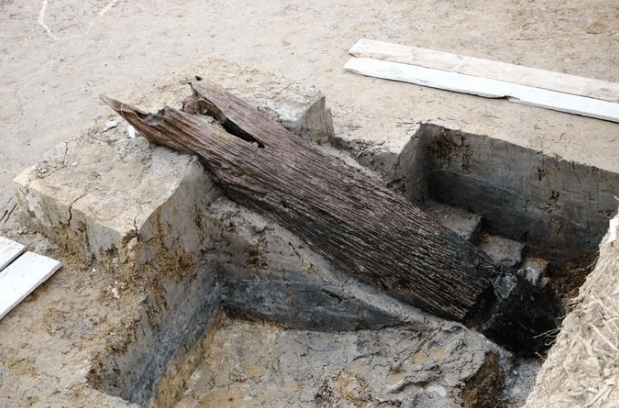
Ironwood piles are inclined at an angle of 45 degrees, to the southwest, opposite to the flow of the river.
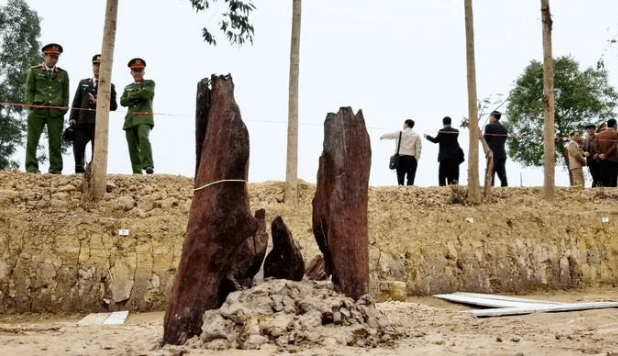
Some stake heads have rotted over time.
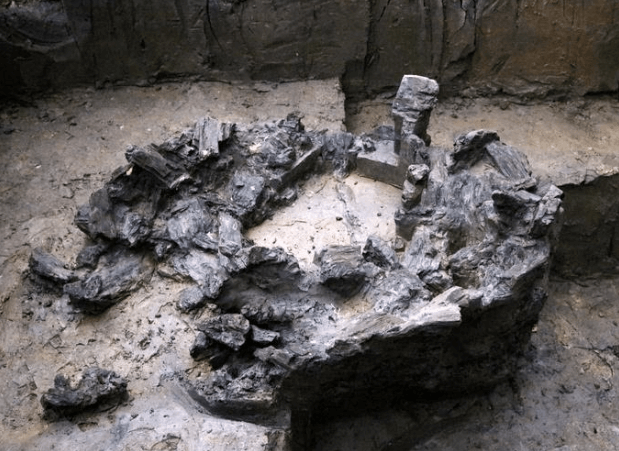
At the third pit, archaeologists discovered a circular object with a diameter of one meter, in the middle is hollow, and black material layers could be the burnt wood.
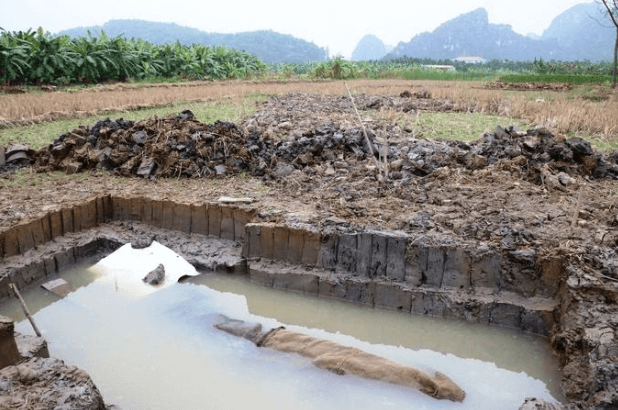
A iron wooden stake is nearly 5 meters long, 0.5 meters diameter in a horizontal position that was discovered on the afternoon of December 19th, at the location outside the range of 3 archaeological pits, also on Cao Quy field.
Earlier on December 18th, a section of ironwood stake yard was discovered under the mud in 3 pits in the Cao Quy field. Two samples of stakes were assessed by radioactive isotope method Carbon 14 to give results dating from 1270 to 1430.
Giang Chinh
(Vnexpres.net)
Source: https://vnexpress.net/thoi-su/cong-truong-khao-co-bai-coc-nha-tran-4030683.html



